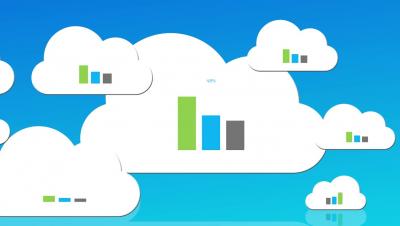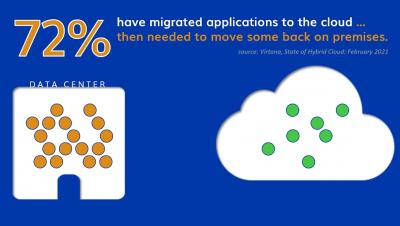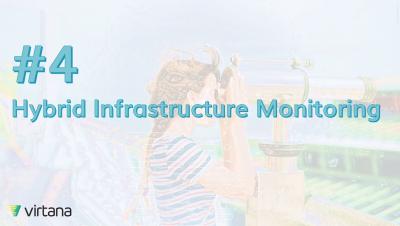How to Keep Up with the Constant Change of Cloud Environments
Many organizations are shifting vast portions of their applications and infrastructure to the cloud in pursuit of lower IT costs, greater business agility, improved security, and accelerated corporate growth.






